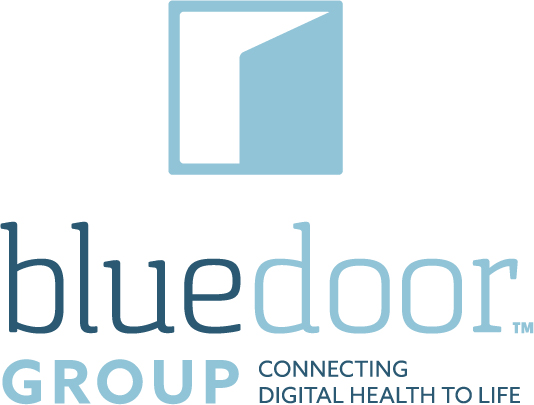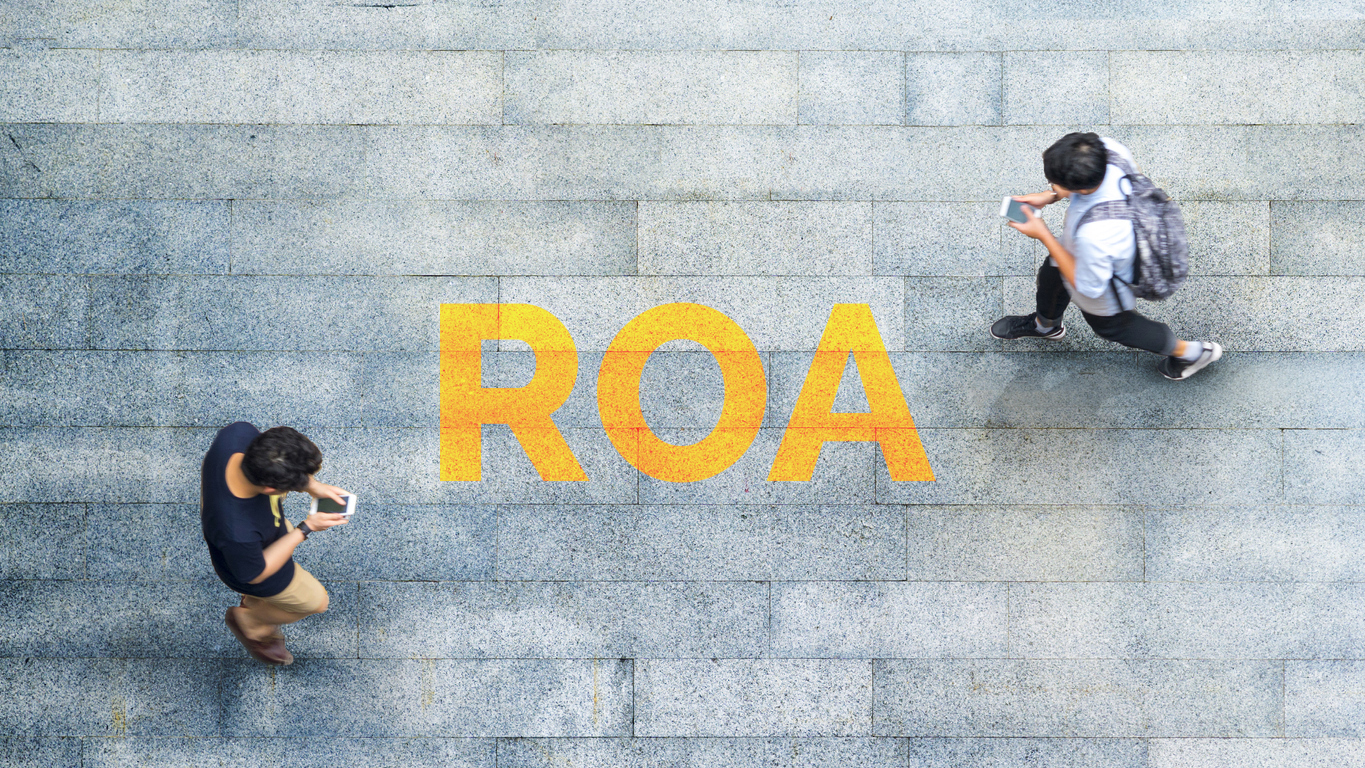By Lee Phillips | Bluedoor.us
We are all familiar with the key performance indicator (KPI) Return on Investment (ROI) which helps us evaluate the profitability or efficiency of a given product, service or program. In other words, it helps us measure the value of an investment relative to its cost. It’s one of the first questions we get asked when presenting a new digital health solution to prospective clients.
While ROI is no doubt important, however, there is a new type of KPI emerging that we believe is even more important when measuring the value of digital health interventions, and that is ROA or Return on Attention.
What is Return on Attention and how do you measure it?
While ROI measures the return of an investment relative to its cost, ROA measures the value of an investment relative to the amount of attention we give it. In other words, to what extent are you connecting with your audience in a way that creates a positive experience and elicits a response or action?
You can think of “attention” as the choice we each make in terms of what we are focusing on at any point in time. It is extremely dynamic in that at any moment we can lose interest and decide to focus on something else. Which is why it is a more complex indicator to measure.
Measuring Return on Investment is relatively straightforward, as its key measure of success is the money you put in, versus the money you get out (or save).

By comparison, ROA is more multidimensional, requiring us to take into account a number of variables associated with attention, such as:
- Timeliness: Is the information I’m receiving relevant and useful to me at that given point in time?
- Personalization: Is the information personalized to me and relevant to my needs, desires and motivations?
- Engagement: Is the information presented in a way that makes it easy to understand and act on?
Here, the quality of attention is more important than the time a user’s attention is captured.
Why is ROA so critical?
What is it that makes our attention so valuable? The answer has to do with scarcity as the relative scarcity of our attention has been increasing at an exponential rate due to the daily multimedia bombardment we are being subjected to.
There is a common denominator that unites all of us, no matter who we are or what we do – and that is the fact that we all have 24 hours in a day, and it is up to us how we spend those 24 hours. You could say that attention is a resource that is constant for all of us.
The reason the relative scarcity of our attention is increasing at an exponential rate is the fact that we have a growing number of options that are competing for our attention on a minute-by-minute basis. It seems like every day there are more and more channels, apps and tools vying for our limited attention.
When it comes to healthcare, digital health not only gives us a much better ROA than traditional medicine (and by extension, the potential for better outcomes), but it also frees up more attention that we can “invest” elsewhere.
ROA and Digital Health
Perhaps it is helpful if we examine a use case with several hypothetical scenarios to demonstrate the true value of ROA.
Harriet has poor eating habits which has led to her gaining weight as well as leading to high blood pressure and cholesterol – and unless she does something soon it will lead to even worse health conditions down the road.
By leveraging digital health, Harriet has eliminated much of the non-value added attention she needed to expend and replaced it with more focused attention in a less stressful context, thus increasing her ROA.
Positive ROA can also boost Harriet’s ROI as well…
While the above scenario leads to an impressive ROA for Harriet, it will also have a positive impact on her personal ROI as well.
Just think about all of the potential cost savings she will realize, such as:
- Reduced gas and car expenses (eg: parking) from not having to travel to see a physician/dietitian
- The opportunity cost of using her valuable time elsewhere (time is money!)
- Potential childcare costs
How ROA leads to better ROI
Return on Attention is a lead indicator that impacts all value streams and revenue models due to its position as an amplifier. When ROA is high, organizations will have all the data and insights from their users to build increasingly engaging and high-value experiences.
Therefore, in order to optimize your Return on Investment, it is best to focus on driving up your Return on Attention and ensure your data and insight streams evolve and improve over time. As a lead indicator, the better the Return on Attention – the better your product development cycles will be, the better your clinical decision support will be, the better your outcomes will be, and ultimately, the better your ROI will be.
Focusing on Return on Investment only as a key measure of success may limit your understanding of the true value of designing user experiences around timeliness, personalization, and engagement.
When it comes to Digital Health, take a look at ROA
Our contention is that we need to start thinking differently when it comes to measuring the true value of our healthcare programs, and in particular, digital heath.
While ROI is still an important factor that we need to measure, it is by nature transactional. In contrast, ROA is based on an ongoing relationship with the target audience, which inherently has the opportunity for increased customer value over time – providing you are successful at achieving longitudinal engagement.
Remember, when it comes to digital health, in today’s attention-driven world, ROA is the new ROI!
Lee Phillips is CEO and Co-founder of Bluedoor, a growth agency specializing in the digital health sector.









